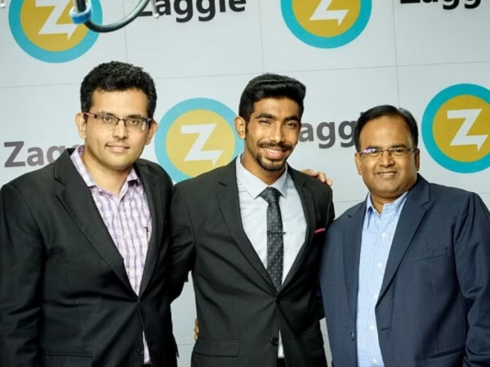
SUMMARY
The government is playing a key role in driving welfare and subsidy payments through bank accounts
Banking is a business of trust and for a majority of rural/emerging Bharat customers
The concept of phygital uses technology to bridge the digital and the physical worlds
The rural Indian consumer (emerging Bharat) has and continues to face two challenges as regards banking:
Limited Access – Feels unwelcome and intimidated in the conventional branch driven model.
Limited Accessibility – Has to travel long distances to reach a branch, unsuitable timings and high waiting times, loss of business or income.
Significantly Aadhaar along with a host of technology solutions are helping solve this and making banking services extremely relevant for the emerging Bharat consumer – largely under-banked millenials.
With banks adopting a multi-platform approach (driven by digital – app first) to offer convenience and retain customers, seamlessness is blurring the lines between a physical bank branch and a digital app. Digital, by the way, is catching up in rural markets too. This is perhaps the biggest challenge and the greatest opportunity which the banking industry faces now.
The government is playing a key role in driving welfare and subsidy payments through bank accounts. Therefore banking is a critical need for the beneficiaries and accelerating adoption needs a shift in the thinking of banks and financial service providers.
We can start with perhaps what a bank is? And what banking really is?
India’s diverse geography, state of infrastructure and data connectivity, literacy levels, digital adoption and other local conditions queer the pitch in answering these fundamental questions and providing solutions for the twin challenges of access and accessibility.
In this context, some banks and specifically the new-age payments banks leveraged their understanding of consumers and their real needs to create win-win solutions.
A bank allows you to access your money when and in the form you want it. And for that what a bank fundamentally does is digitize cash, store it and help the consumer move it around (make payments etc.)
Understanding what a bank needs to offer its customers is the key to solving the twin challenges of Access and Accessibility.
Go Local, Think Digital
Banking is a business of trust and for a majority of rural/emerging Bharat customers, a physical banking outlet is important to reinforce this feeling. It signals that someone is available when something goes wrong.
However, to bring about a change in banking habits much more needs to be done. It has to start by removing some of the biggest pain areas for customers. Things like providing documents, filling forms to deposit, withdraw or transfer money, standing in queues for long hours or travelling long distances to reach a branch, might sound normal but for this segment, they are impediments to benefit from banking.
Of late the banking system has started deploying innovative fintech solutions and devices such as smartphones, tablets, mPOS, micro ATMs etc. Further, the growing availability of bandwidth and familiarity is driving acceptance of tools which optimize physical interaction.
The new-age banks, especially payments banks such as Fino Payments Bank, have been innovative with their merchant network delivering accessibility to banking services using a robust technology platform. This unique model has helped banking reach locations 12000 feet above the sea-level at Thiksay near Leh to the Southern-most point Shuchidram in Kanyakumari.
Phygital Is The Way Forward…
The concept of phygital uses technology to bridge the digital and the physical worlds with the aim of providing enhanced customer experience as well as reach out to more people.
Banks should leverage the trust of a physical network – digitize customer cash, provide accessibility and the power of digital – create a non-threatening environment and equip the customer to autonomously manage his own money.
The thrust of this approach is the merchant point, a trust point where the customer is equipped to manage his money. Critically this consumer is assisted in adopting digital banking – helped in downloading the app, checking balances, maintaining beneficiaries, doing a fund transfer, creating a UPI handle etc. This hand-holding gives the customer the confidence of being able to manage this on his own, secure in the trust that should something go wrong the merchant is available to help
This works at two levels. Firstly, the familiarity of the merchant and the handholding makes the customer confident and banking ready. Secondly and interestingly it elevates the merchant to the status of a ‘banker’ thus creating a win-win outcome. From the banking ecosystem perspective, phygital is cost-effective, scalable and most importantly removes barriers for banking that allows more people do banking.
Most importantly, these shops are open till late in the evening and cash is always available unlike at some ATMs, which run dry. This makes the life of a rural customer easy and hassle-free.
Invariably such convenience results in better customer experiences leading to better banking adoption.
This approach of a mix of physical and digital platforms – phygital – is here to stay and is perhaps the most optimal solution to address the issues of Access and Accessibility for a country as diverse as India.
Banking has never been so simple and convenient for people in the country. #GoPhygital


























